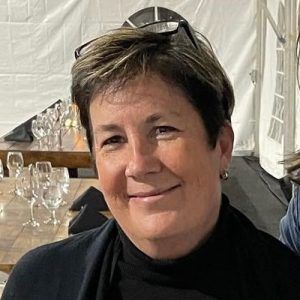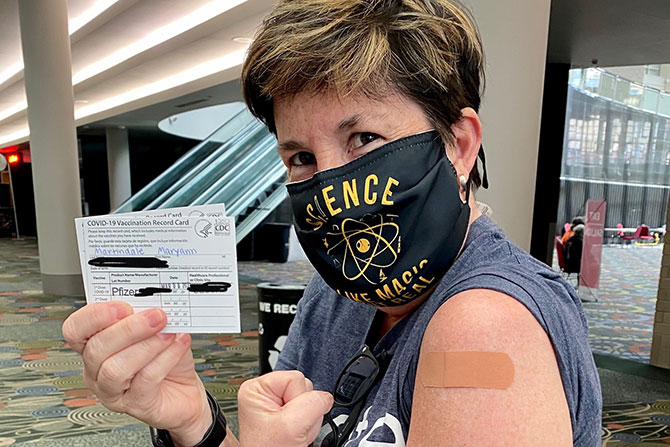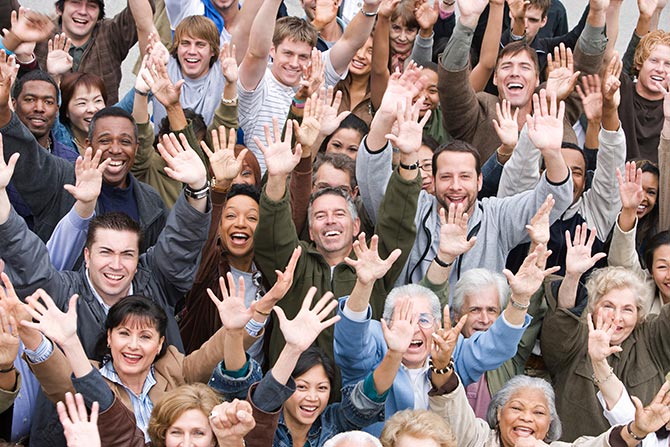I had an uncle named Dorian. He was just a bit older than my dad and lived close to us. One of his daughters is my age, so we saw them fairly often. When Dorian was in his teens, he contracted polio. This was well before Dr. Jonas Salk developed the polio vaccine, so there was no way he could have been immunized.
I watched him go from a man with a stilted and uneasy gait, to a cane, to two canes, to a walker and finally to a wheelchair. His whole life was spent in discomfort and pain and an inability to do the things he wanted to be able to do with his kids and grandkids. When he finally passed, his body was so ravaged that he was a shell of the man I’d known as a little girl.
He worked in business and was not a doctor or involved in the medical community, but I recall at every family event, he’d tell us to make sure we got our kids vaccinated — that’s how important it was to him. He never wanted to see anyone suffer as he had.
Fast forward to 2024, we’re facing the return of communicable diseases we believed were eradicated.
Measles reared its head a few years back, at Disneyland of all places. Measles is highly contagious, airborne, and lives in the air for up to two hours, providing significant opportunity for exposure. According to the CDC, before the measles vaccine was available in 1963, “approximately 500,000 cases and 500 measles deaths were reported annually, with epidemic cycles every two to three years. However, the actual number of cases was estimated at three to four million annually. More than 50% of persons had measles by age six years, and more than 90% by age 15 years.” In addition to measles, the United States has seen an uptick in mumps, whooping cough, hepatitis A and other illnesses that have safe and effective vaccines to aid in preventing kids and adults from contracting them.
When did we stop believing in science?
We know that vaccines protect people from these serious and often life-threatening diseases, yet people still refuse. We know there are those who are unable to have vaccines due to age, health conditions, or other factors. Those able to be vaccinated provide an extra layer of protection for those more vulnerable among us, ensuring we are not spreading disease unnecessarily.
During COVID-19, we heard all kinds of conspiracy theories. We hadn’t dealt with a pandemic since the Spanish Flu in the early 1900s, so few had any experience dealing with something of that magnitude. Did the government make mistakes — most certainly. Did they do their best to try and figure it all out, with information and technology changing rapidly — most definitely.
Those in our communities who are stridently anti-vaccine are not likely to change their minds. Still, those who are vaccine-hesitant, who have read an article online, who have a cousin who claims to be an expert or any of the other litany of ways people get their scientific and medical “facts” are still an opportunity for family physicians to educate, and help understand the value, both personally and community-wide, of vaccinations.
I remember my Uncle Dorian saying, “Look at me, look at my legs. Don’t let this happen to your kids.” It was heartbreaking but extremely impactful. I think of my Uncle Dorian often, especially when I’m speaking against anti-vaccination rhetoric during legislative sessions.
Vaccines work. The science is sound. Let’s work together to proactively restore confidence in vaccines.
Photo: Maryann Martindale happily receiving her first COVID-19 vaccine in the spring of 2021.









